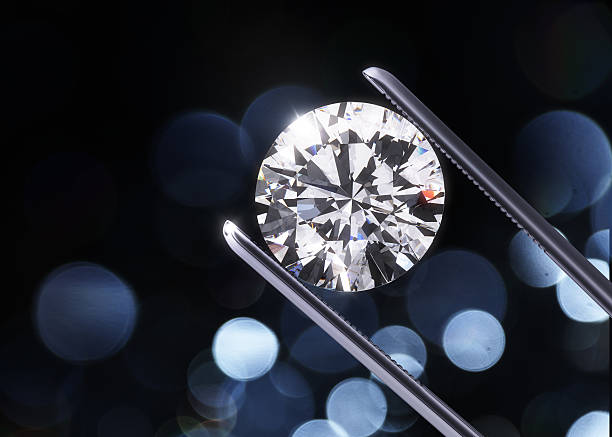Beauty and Sustainability of Coral Jewelry All Entries

The ocean provides a wide range of beautiful colorful imagery to explore, such as coral. In ancient times, red coral was believed to scare away evil spirits. It's found all over the world in places such as Hawaii, the Mediterranean, and the southern tip of Africa. Corals are marine creatures that are associated with vibrant energy and glowing beauty. Here's the story behind coral jewelry and why it remains cherished today.
How Did Coral Become Popular Jewelry?
Nobody knows exactly who discovered coral or when it occured. Coral has been used as jewelry for at least 25,000 years, according to authors Lance Grande and Allison Augustyn of the book Gems and Gemstones. Evidence of ancient coral jewelry has been found in ancient Egyptian and European burial sites. Coral jewelry from the 17th century has been collected in Tibet.
More widespread use of coral jewelry surfaced in the 19th century, spreading from Naples and Italy. In the United States, coral jewelry was issued by Tiffany & Co. in the late 1800s. Throughout the 20th century coral grew in popularity throughout the world. But by the turn of the new century, environmentalists raised concerns about diminishing coral reefs due to commercialization. In 2002, Tiffany & Co announced it would no longer use natural coral in its jewelry.
Interesting Facts About Coral
On one hand, coral must be preserved so that it isn't depleted. But it also has a naturally beautiful shine, which accounts for its universal popularity. Most coral jewelry falls in the red to orange color range, but the entire range spans from white to red. Corals are spineless organisms with soft bodies and external skeletons, as described by the Gemological Institute of America (GIA). There are over 9,000 species of this organism in marine life.
The jewelry industry considers precious corals to be those used for jewelry that originate from the Corallidae family consisting of Corallium, Pleurocorallium, and Hemicorallium. Only ten coral types are considered to be precious. They grow in deeper water where water temperature is more consistent. Coral is typically harvested at least 50 meters below the surface.
Angel skin coral is among the most sought after types of fine jewelry due to its rarity and captivating appearance. Another precious coral is the red-branched Sardinian coral, aka Mediterranean coral. Fishing for precious corals these days typically requires following strict regulations.
Sustainability of Coral
The future of coral jewelry depends on sustainability practices. The Environmental Protection Agency (EPA) protects coral reefs in coastal areas and supports research for learning what causes coral reef deterioration. The U.S. government, through its membership with the International Coral Reef Initiative (ICRI), works on building global awareness about conserving coral reef ecosystems. An international treaty called the Convention on International Trade in Endangered Species of Wild Fauna and Flora (CITES) protects endangered wild plants and animals, which includes coral.
Conclusion
The value of coral jewelry may rise in the future due to the effects of commercialization and regulations that limit supply. Responsible sourcing has become a global theme when it comes to harvesting coral for commercial uses. Contact us at Ralph Mueller & Associates to learn more about coral jewelry products.